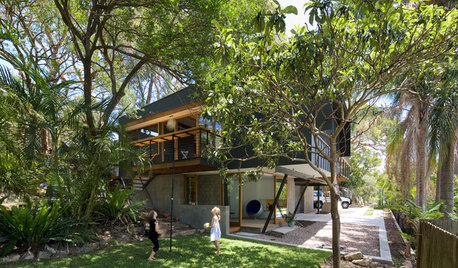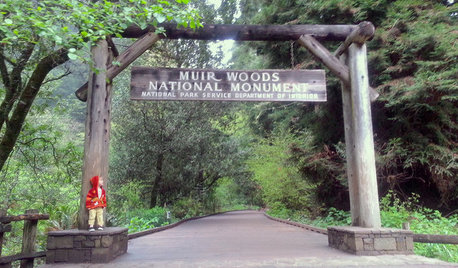Axis info...vs. Turface
gojosan
15 years ago
Featured Answer
Comments (22)
justaguy2
15 years agolast modified: 9 years agogojosan
15 years agolast modified: 9 years agoRelated Professionals
Windham Landscape Architects & Landscape Designers · Accokeek Landscape Architects & Landscape Designers · Bedford Heights Landscape Contractors · Fort Worth Landscape Contractors · Pacifica Landscape Contractors · Ferguson Landscape Contractors · Beverly Hills Solar Energy Systems · Coral Shores Window Contractors · Manville Window Contractors · Holbrook Fence Contractors · Madison Fence Contractors · Monrovia Fence Contractors · Oakdale Fence Contractors · Orange County Fence Contractors · Sunrise Manor Fence Contractorstanyag
15 years agolast modified: 9 years agozeckron
15 years agolast modified: 9 years agotanyag
15 years agolast modified: 9 years agozeckron
15 years agolast modified: 9 years agojustaguy2
15 years agolast modified: 9 years agozeckron
15 years agolast modified: 9 years agogojosan
15 years agolast modified: 9 years agogojosan
15 years agolast modified: 9 years agotanyag
15 years agolast modified: 9 years agoairedale4mom
15 years agolast modified: 9 years agonpthaskell
15 years agolast modified: 9 years agonpthaskell
15 years agolast modified: 9 years agotanyag
15 years agolast modified: 9 years agojustaguy2
15 years agolast modified: 9 years agotanyag
15 years agolast modified: 9 years agojustaguy2
15 years agolast modified: 9 years agotanyag
15 years agolast modified: 9 years agopuglvr1
15 years agolast modified: 9 years agonpthaskell
15 years agolast modified: 9 years ago
Related Stories

TRADITIONAL HOMESPlantation Grandeur Rises in a Home's Back Addition
Haphazard no more, the back of this traditional South Carolina home now matches the genteel front
Full Story
HISTORIC HOMESFrank Lloyd Wright's Prairie Triumph Returns
Sixteen years' worth of restoration and reconstruction efforts have brought the Martin House Complex in New York back to glory
Full Story
HOUZZ TOURSHouzz Tour: Modern Treetop Living in Sydney
Encouraging connections and calm, this Australian family home among the trees is all about subtlety
Full Story
BATHROOM DESIGNDoorless Showers Open a World of Possibilities
Universal design and an open bathroom feel are just two benefits. Here’s how to make the most of these design darlings
Full Story
WINDOW TREATMENTSThe Key to Designer-Look Window Treatments
Learn the one thing that will make your curtains suffer if you get it wrong — and how to get it right
Full Story
GARDENING GUIDESGardening Solutions for Heavy Clay Soils
What’s a gardener to do with soil that’s easily compacted and has poor drainage? Find out here
Full Story
FLOORSWhat's the Right Wood Floor Installation for You?
Straight, diagonal, chevron, parquet and more. See which floor design is best for your space
Full Story
TRAVEL BY DESIGNPro Secrets for Taking Fantastic Travel Photos With Your Phone
When great design and family antics catch your eye, capture the memories with photos that tell a story
Full Story
ARCHITECTUREDesign Workshop: Reasons to Love Narrow Homes
Get the skinny on how a superslim house footprint can work wonderfully for your site, budget and quality of life
Full Story
ARCHITECTUREWhat You Must Know About the Sun and Your Home
Learn about the powerful effects of sunlight on house materials and more, and see 7 homes that address the sun's rays beautifully
Full StoryMore Discussions






zeckron